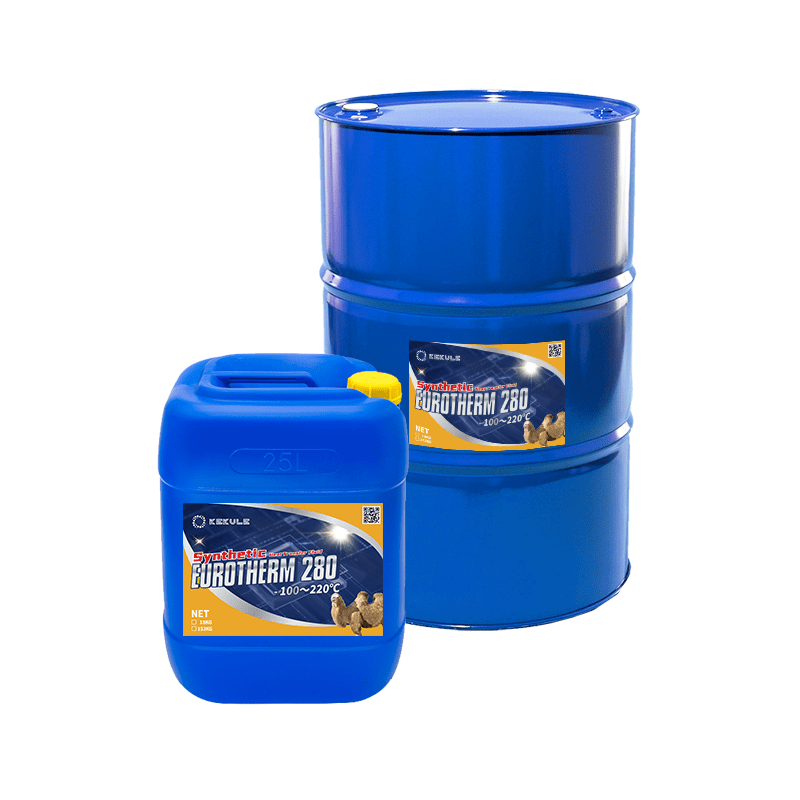The Facts About Chemie Revealed
The Facts About Chemie Revealed
Blog Article
Some Ideas on Chemie You Should Know
Table of ContentsThe 4-Minute Rule for ChemieThe smart Trick of Chemie That Nobody is Talking AboutThe Facts About Chemie RevealedThe Only Guide to ChemieThe Greatest Guide To ChemieThe Single Strategy To Use For Chemie
(https://moz.com/community/q/user/chemie999)Calculated modification in electrical conductivity of fluid samples as a feature of time when stirred with the material example in the shut indirect air conditioning loophole experiment. Number 6 reveals the change in the gauged electric conductivity of the liquid examples when stirred with the material sample. The conductivity of the water sample from the closed loophole experiment reduced by about 70% from 11.77 S/cm to 3.32 S/cm in 6 hours.These results indicated that the ability of the resin relies on the test liquid used for the experiment. This reveals that different ions existing in the liquid will cause different ion exchange ability of the fluid. Computing the ion exchange resin capacity with the fluid example from the actual air conditioning loophole is important.
Some Known Facts About Chemie.
Consequently, an ion exchange material cartridge including 20g of Dowex blended bed material might handle order 938 days to saturate. To put it simply, to keep a reduced electric conductivity, a resin cartridge with the dimension and weight spec as that of the material cartridge made use of in the experiment, need to be changed every 30 months for the cooling system that was used in the experiment
The cooling of electronic components has actually come to be a major challenge in recent times due to the developments in the style of faster and smaller parts. The use of a fluid coolant has actually come to be eye-catching due to the greater warmth transfer coefficient accomplished as contrasted to air-cooling.
The Chemie Diaries
A solitary phase air conditioning loop is composed of a pump, a warm exchanger (cool plate/mini- or micro-channels), and a warmth sink (radiator with a fan or a liquid-to-liquid warm exchanger with chilled water air conditioning). The heat source in the electronics system is affixed to the heat exchanger.
The requirements might differ depending upon the kind of application. Following is a list of some basic requirements: Excellent thermo-physical buildings (high thermal conductivity and details warmth; low viscosity; high concealed warm of dissipation for two-phase application) Reduced cold point and ruptured factor (sometimes burst security at -40 C or lower is required for shipping and/or storage functions) High climatic boiling point (or low vapor pressure at the operating temperature) for single phase system; a narrow desired boiling point for a two-phase system Good chemical and thermal stability for the life of the electronics system High flash point and auto-ignition temperature (occasionally non-combustibility is a requirement) Non-corrosive to materials of building (steels as well as polymers and various other non-metals) No or minimal regulatory constraints (eco pleasant, safe, and possibly biodegradable) Affordable The very best electronics coolant is a cost-effective and safe fluid with outstanding thermo-physical residential properties and a lengthy life span.
Getting The Chemie To Work
A lot of these liquids have a non-discernible smell and are nontoxic in situation of contact with skin or ingestion. As discussed in the past, aliphatic PAO-based liquids have changed the silicate-ester liquids in a variety of armed forces electronic devices (and avionics) cooling applications in the last decade. Another class of popular coolant chemistry is dimethyl- and methyl phenyl-poly (siloxane) or frequently known as silicone oil.
Of all, these fluids are non-combustible and safe. Some fluorinated substances have no ozone diminishing prospective and various other ecological buildings.
Ethylene glycol is anemic and practically unsmelling and is totally miscible with water. When effectively prevented, it has a reasonably low corrosivity. Nonetheless, this coolant is classified as hazardous and ought to be taken care of and taken care of with care. The top quality of water made use of for the prep work of a glycol option is extremely crucial for the system.
3 Easy Facts About Chemie Explained

This is a low price antifreeze service, finding use in refrigeration services and ground resource heat pumps - fluorinert. This fluid can be made use of down to -40 C owing to its fairly high price of warmth transfer in this temperature variety.
It is taken into consideration more hazardous than ethylene glycol and as a result has discovered use only for procedure applications situated outdoors. Methanol is a combustible liquid and, as such, introduces a prospective fire risk where it is stored, managed, or made use of.
Not known Facts About Chemie
As a flammable liquid, it requires specific find precautions for taking care of and storage space. Aqueous remedies of calcium chloride discover vast use as distributing coolants in food plants. It is non-flammable, safe and thermally more effective than the glycol remedies. A 29% (by wt.) calcium chloride service has a cold factor listed below -40 C.

Report this page